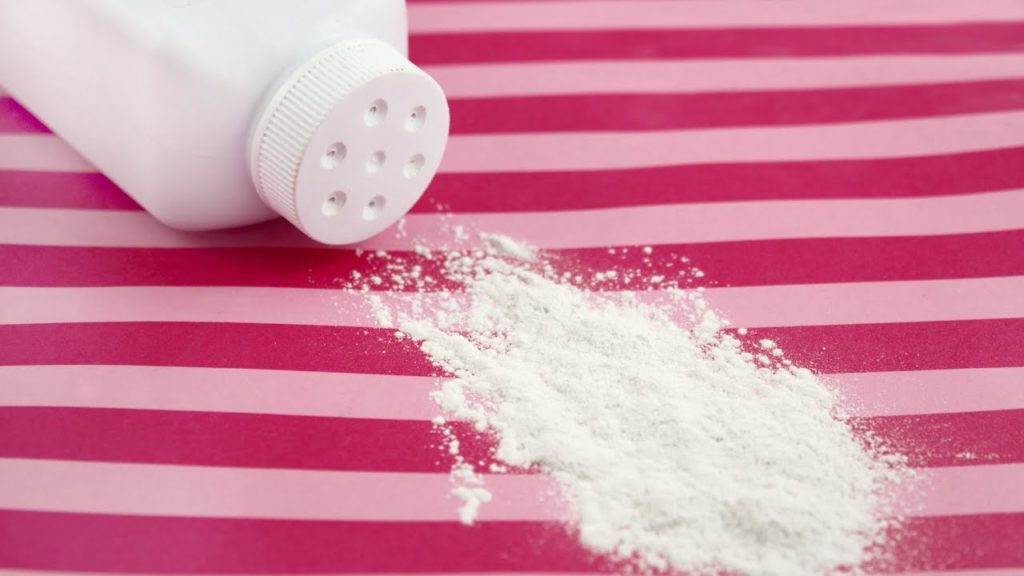Talcum powder is a common household product. Now, a new study has reported that its use in the genital area of women carries a significantly increased risk of ovarian cancer. The findings were published online in the journal Epidemiology.
The study authors note that multiple studies of ovarian cancer and genital talc use have suggested that its use possibly carries a risk of cancer. Therefore, a research team led by Daniel W. Cramer, MD, who heads the Obstetrics and Gynecology Epidemiology Center at Brigham and Women’s Hospital in Boston, Massachusetts, examined this association in 2041 cases of epithelial ovarian cancer and 2100 control subjects who were matched for age and area of residence.
The researchers defined genital talc use as regular application to the genital/rectal area directly, on sanitary napkins, tampons, or underwear. To estimate “talc-years”, they multiplied applications-per year by years used. The data were subjected to statistical analysis.
The investigators found that, overall, genital talc use was associated with a 33% increased risk of ovarian cancer with a trend for increasing risk by talc-years. Women who used talc were more likely to be: older, heavier, asthma sufferers, and regular analgesic (pain killers) users. Dose-responses were more obvious for premenopausal women, especially non-smokers and those heavier, or postmenopausal users of Hormone Replacement Therapy (HRT). The subtypes of ovarian cancer more likely to be associated with talc included invasive serous and endometrioid tumors and borderline serous and mucinous tumors. Premenopausal women and postmenopausal HT-users with these subtypes who had accumulated more than 24 talc-years had a significantly increased risk of ovarian cancer (premenopausal women: 157% increased risk; postmenopausal women: 157% increased risk.
The authors concluded that the risks for epithelial ovarian cancer from genital talc use vary by histologic (microscopic characteristics) subtype, menopausal status at diagnosis, HRT use, weight, and smoking. They noted that their findings suggested that estrogen and/or prolactin may play a role via an inflammatory response to talc.
Dr. Cramer has unsuccessfully called for warning labels on talcum powder. In 2006, the World Health Organization’s International Agency for Research on Cancer classified genital talc as possibly carcinogenic. Approximately 20,000 women in the United States are diagnosed with ovarian cancer and approximately 14,500 die from it annually, according to the Centers for Disease Control and Prevention (CDC).



